The power of storytelling has been recognized for centuries, and it is no different in the nonprofit sector. In fact, storytelling is essential for nonprofit organizations to effectively communicate their impact and inspire action from their supporters.
One of the most effective ways to tell a nonprofit’s story is through case studies. Case studies allow organizations to showcase the real-world impact they have had on individuals or communities, adding a human element to their work.
However, not all case studies are created equal. In order to truly capture the attention of potential supporters, nonprofits must craft compelling case studies that not only showcase their work but also inspire action.
In this article, we will explore 12 ideas for crafting nonprofit case studies that sell. From focusing on the impact of the organization’s work to highlighting success stories and incorporating multimedia, these tips will help nonprofits create case studies that are both engaging and effective.
Whether you are looking to attract new supporters, engage current ones, or secure funding, storytelling that sells is essential for any nonprofit organization. By following these tips, you can create compelling case studies that showcase the impact of your work and inspire action from your audience.
Start with a Clear Problem Statement
Every nonprofit organization has a mission that they are working towards. However, it is essential to articulate the problem your nonprofit is trying to solve before diving into the specifics of your work. This will help readers understand the context of the story and why it matters. The problem statement should be clear, concise, and impactful.
For example, if your nonprofit is working towards providing education to underprivileged children, your problem statement could be, “Access to education is a basic human right, yet millions of children worldwide are deprived of education due to poverty, discrimination, and lack of resources.”
Highlight the Impact
Once you have established the problem your nonprofit is trying to solve, it’s time to showcase the positive impact it has had on individuals or communities. Use real-life examples and statistics to illustrate the impact of your work. This will help readers understand the significance of your organization’s mission.
For instance, if your nonprofit is working towards providing education to underprivileged children, you could highlight the impact by stating, “Since its inception, our organization has provided education to over 5000 underprivileged children. As a result, we have witnessed a drastic reduction in child labor and an increase in literacy rates in the communities we serve.”
Use Storytelling Techniques
One of the most effective ways to make your case study more engaging and memorable is by using storytelling techniques. Use vivid descriptions, dialogue, and anecdotes to bring your story to life. This will help readers connect emotionally with your cause.
For example, instead of stating statistics, you could tell a story about a child who was forced to work in a factory but was later able to attend school and pursue their dreams, thanks to your organization’s intervention.
Use Visuals
Incorporating visuals like photos, videos, and graphics can help enhance your storytelling and help readers connect emotionally with your cause. Visuals can also help break up text and make your case study more visually appealing.
For instance, if your nonprofit is working towards providing clean water to communities, you could include photos of the water sources in the communities you serve, and how they have been transformed after your intervention.
Share Real Stories
Sharing real stories from the people your nonprofit has helped will help readers understand the impact of your work on a personal level. It will also help them connect with the individuals or communities you serve.
For instance, you could feature stories of individuals who have benefited from your organization’s intervention, such as a student who was able to pursue higher education thanks to your organization’s scholarship program.
Include Quotes
Quotes from the people your nonprofit has helped, as well as from staff and volunteers, can add credibility and emotional appeal to your case study. They can also help readers understand the impact of your work on a personal level.
For example, you could include a quote from a student who was able to pursue higher education thanks to your organization’s scholarship program, stating, “Without the scholarship program, I would not have been able to pursue my dreams.”
Showcase Your Nonprofit’s Unique Approach
Highlight what sets your nonprofit apart from others in the field. This could include your unique programs, partnerships, or approaches to solving problems. This will help readers understand why your organization is different and why they should support your cause.
For example, if your nonprofit is working towards providing education to underprivileged children, you could showcase your unique approach by stating, “Our organization provides a holistic approach to education, focusing not only on academic excellence but also on the overall development of the child.”
Use a Clear and Concise Writing Style
Write in a clear and concise style that is easy to understand. Avoid using jargon or technical terms that may be unfamiliar to your audience. This will help readers understand your case study better and connect with your cause.
Use Data to Support Your Claims
Use data and statistics to support the claims you make in your case study. This will help readers understand the impact of your work in a quantifiable way. It will also add credibility to your case study.
For instance, if your nonprofit is working towards providing clean water to communities, you could include statistics on the percentage of the population that now has access to clean water after your intervention.
Share Challenges and Lessons Learned
Share challenges your nonprofit has faced and how you have overcome them. This can demonstrate your resilience and determination to make a difference. It can also help readers understand the complexities of the issues you are trying to solve.
For example, you could share challenges your organization faced while providing education to underprivileged children, such as lack of resources and societal barriers.
Include a Call to Action
Include a call to action at the end of your case study, encouraging readers to get involved with your nonprofit or support your cause. This will help readers understand how they can make a difference and contribute towards your organization’s mission.
For instance, you could include a call to action to donate to your organization, volunteer, or share your case study on social media.
Make it Shareable
Make your case study easy to share on social media and other platforms. This can help increase its reach and impact. You could include social media share buttons or create a shareable infographic summarizing the key points of your case study.
In conclusion, crafting compelling nonprofit case studies is a powerful way to engage your audience and drive donations for your cause. By utilizing the 12 storytelling ideas outlined in this article, you can create compelling case studies that resonate with your audience and inspire them to take action.
Remember that the key to successful storytelling is to create a connection between your audience and the people you serve. Empathy is the driving force behind donations and support, so it’s important to use your case studies to communicate the human impact of your nonprofit’s work.
Additionally, don’t be afraid to experiment with different formats and styles to find what works best for your audience. Whether it’s a video, social media post, or traditional written case study, there are many ways to tell your nonprofit’s story in a compelling way.
Finally, always keep the focus on the impact of your work and the people you serve. By highlighting the real-world change that your nonprofit is making, you can inspire your audience to join your cause and make a difference in the world.
.svg)


.svg)
.svg)
.svg)

.avif)










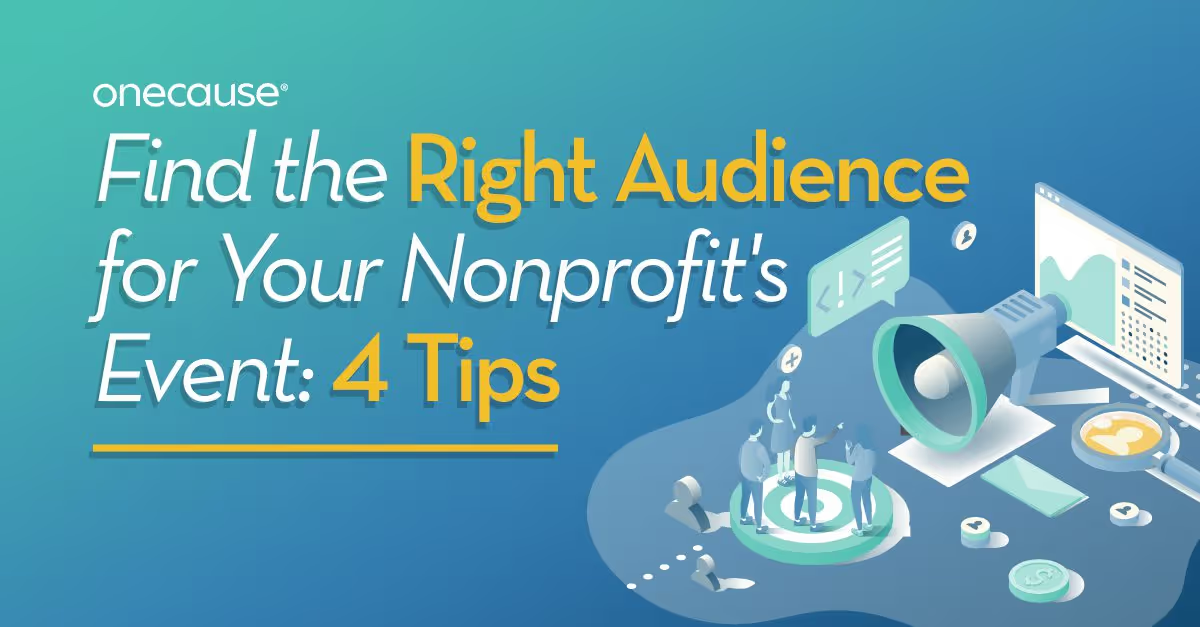

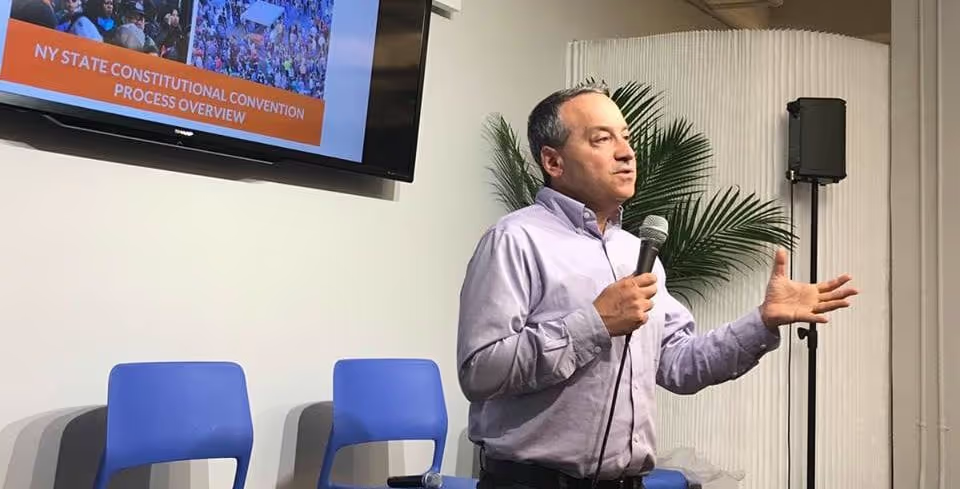












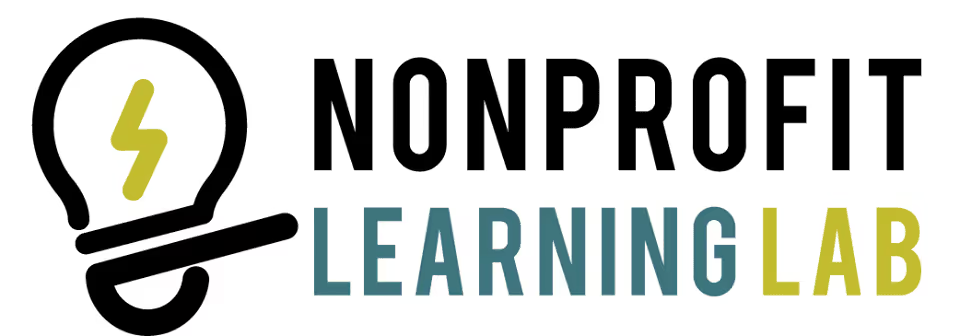



















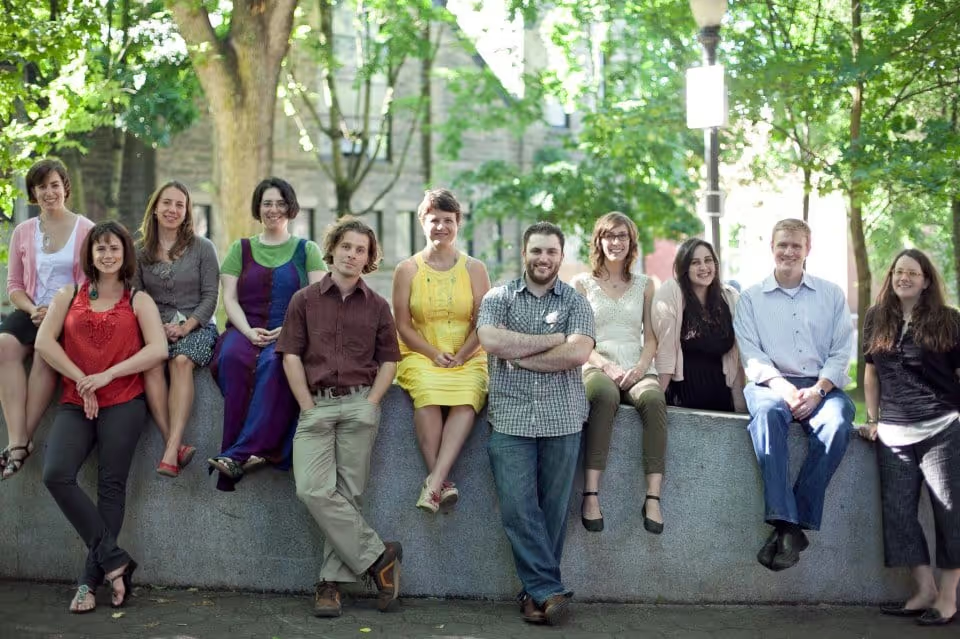

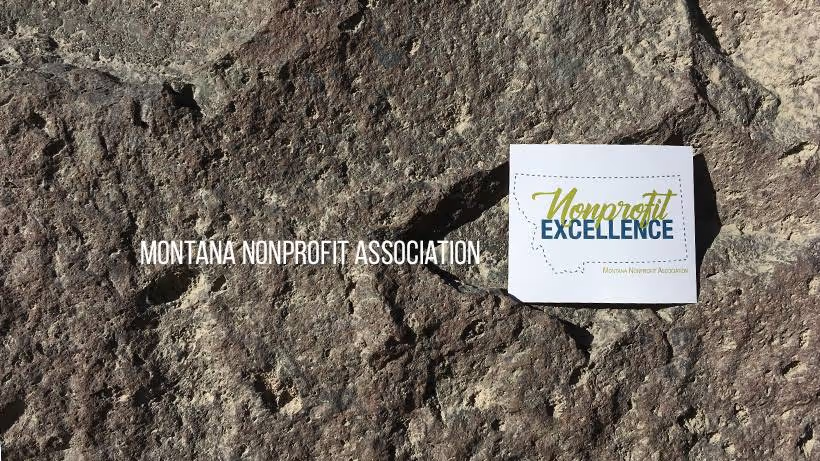
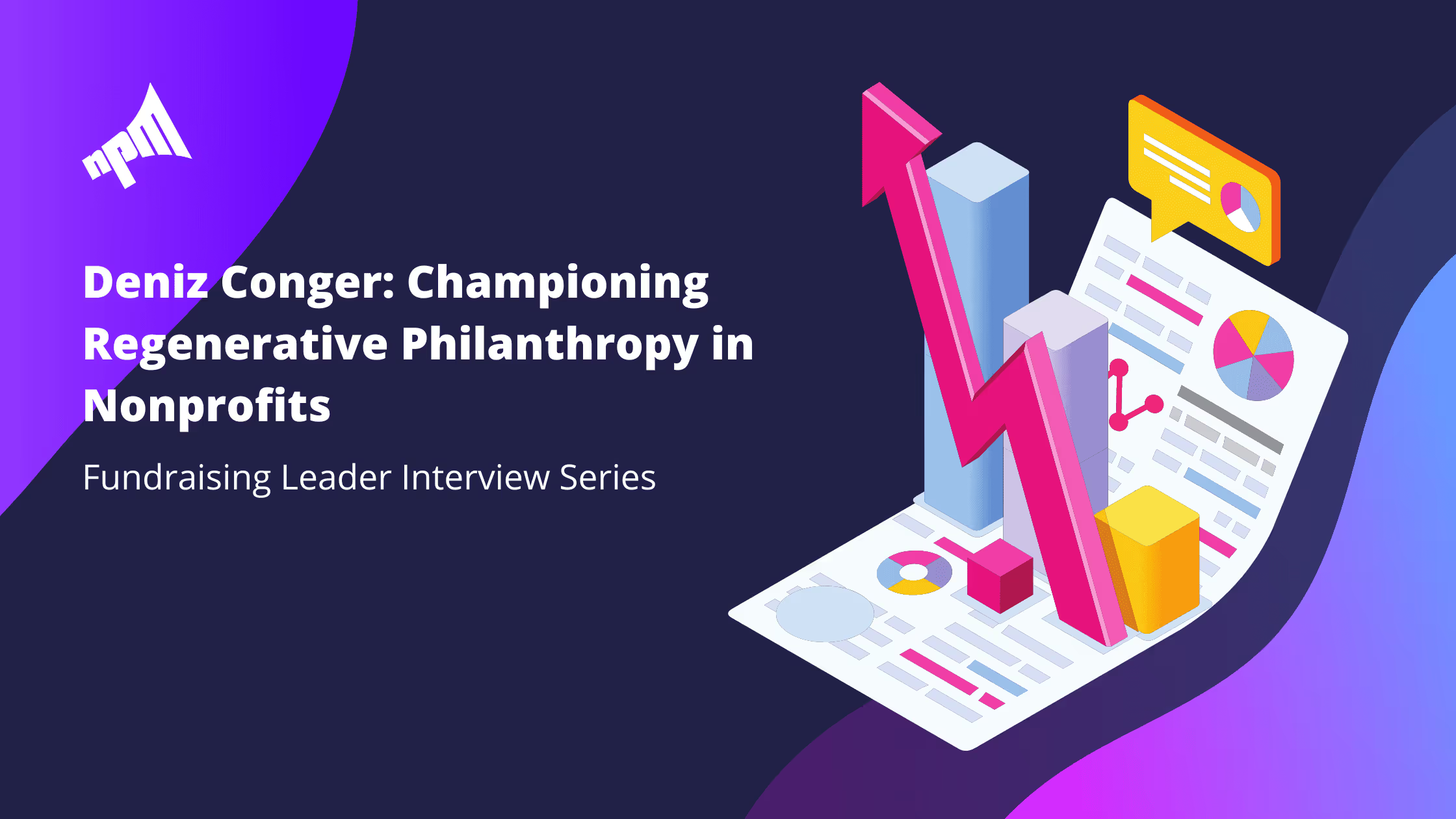


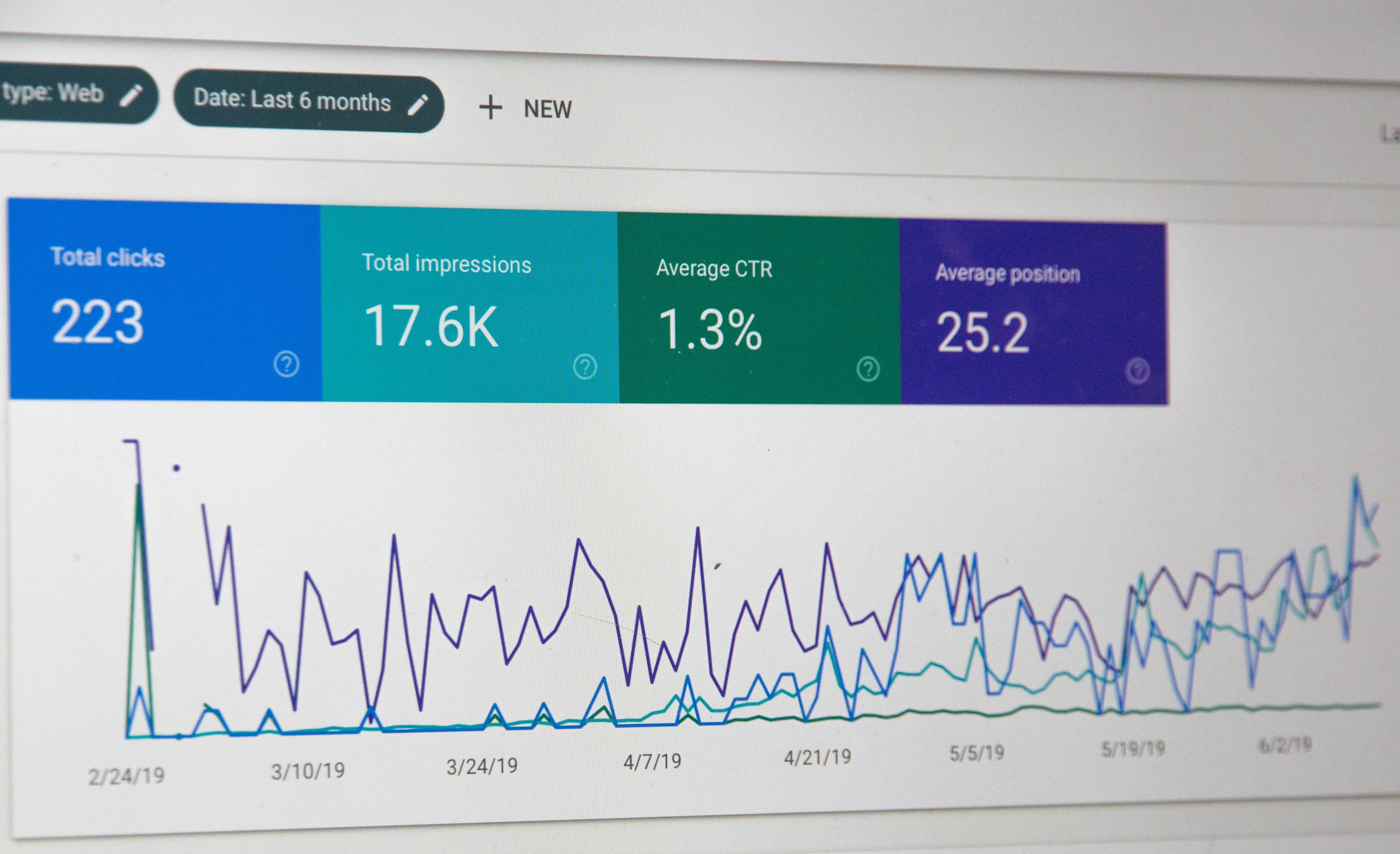


















































.svg)
.svg)
.svg)
.svg)